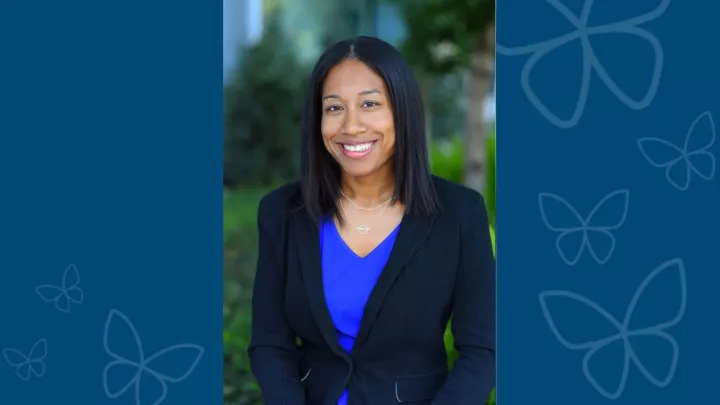Hip Disorder Treatments
Children with hip problems can lead active, pain-free lives after receiving treatment at Children’s Hospital Los Angeles. Experts at our Hip Preservation Program help your child avoid hip replacement surgery and arthritis later in life. As the largest pediatric hip program in Los Angeles County, we treat all ages, including young adults.
Treatments for Hip Dysplasia
Treatment for hip dysplasia (loose, unstable hip joints) depends on your child’s age and the severity of the problem. Treatments include:
Pavlik harness or spica cast
Infants and young children typically wear a device called a Pavlik harness or a partial body cast (spica cast). These devices hold the ball of the thighbone (femoral ball) in the hip socket until they heal together properly. Some babies first need a closed reduction procedure to gently move the ball into place. If these treatments aren’t effective, your child may need surgery.
Periacetabular osteotomy (PAO)
Adolescents with hip dysplasia may need a surgical procedure called a periacetabular osteotomy (PAO). This procedure repositions the hip socket (acetabulum) over the femoral ball. Removable screws hold the repositioned ball and socket in place until the bones heal. If needed, your child’s doctor may also trim and reattach (or remove) hip labral tears in the cartilage that lines the hip socket.
Our orthopedic surgeons perform a high number of PAOs (approximately 50) every year. As a result of this experience, we get great results. If the damage to the ball and socket is too severe, we excel at hip replacement surgery. We use advanced microvascular procedures that require small incisions. This approach minimizes blood loss and scarring. Your child recovers faster and has less pain.
Treatments for Perthes disease
Perthes disease temporarily stops blood flow to the hip bones, causing bone cells to die. As a result, bone can disintegrate (a condition called avascular necrosis). Treatments depend on your child’s age, the amount of damage to the femoral head (ball) and the disease stage. We offer:
- Physical therapy: Hip rotation and abduction exercises can restore range of motion.
- Petrie casts: This combined cast and brace consists of a bar attached to full-leg casts. The bar spreads and holds the legs apart. Some children need a minor procedure called a tenotomy to release tight groin muscles before casting. Your child wears the Petrie cast for four to six weeks.
- Surgery: During an osteotomy (bone surgery), your child’s doctor cuts and moves the thigh bone (femur) to hold the femoral ball in place. Removable screws and plates secure the repositioned bones until they heal.
Physical Therapy Services
Physical therapy is a key part of your child’s treatment and recovery. Our physical therapists have special knowledge of hip disorders. We teach your child and you how to perform exercises at home.
Braces and Medical Devices
Many children with hip problems need braces, crutches or other supportive devices as part of treatment or during recovery. We make this process easier by having representatives from medical equipment companies at our hospital. These experts ensure the proper fit for your child.


